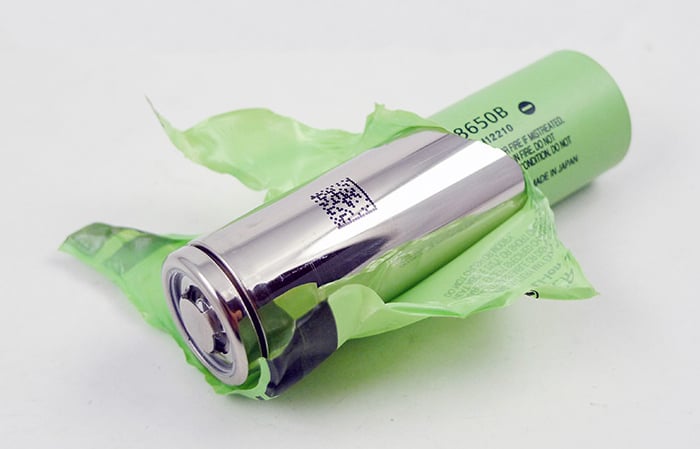hickin
Member
I had the same question about the 18650's... it almost feels odd to change them at this point given how close we (assume) we are to the 2170's coming online.
I wonder if this implies either: the P100D's have secretly had 2170's all along, or that Tesla expects 18650's to be used for the foreseeable future in some applications.
Is it wrong to hope somebody wrecks one so we can get a salvage teardown soon?
Yes, it is wrong to hope someone gets in a car accident so your curiosity about a car battery can be satisfied.



